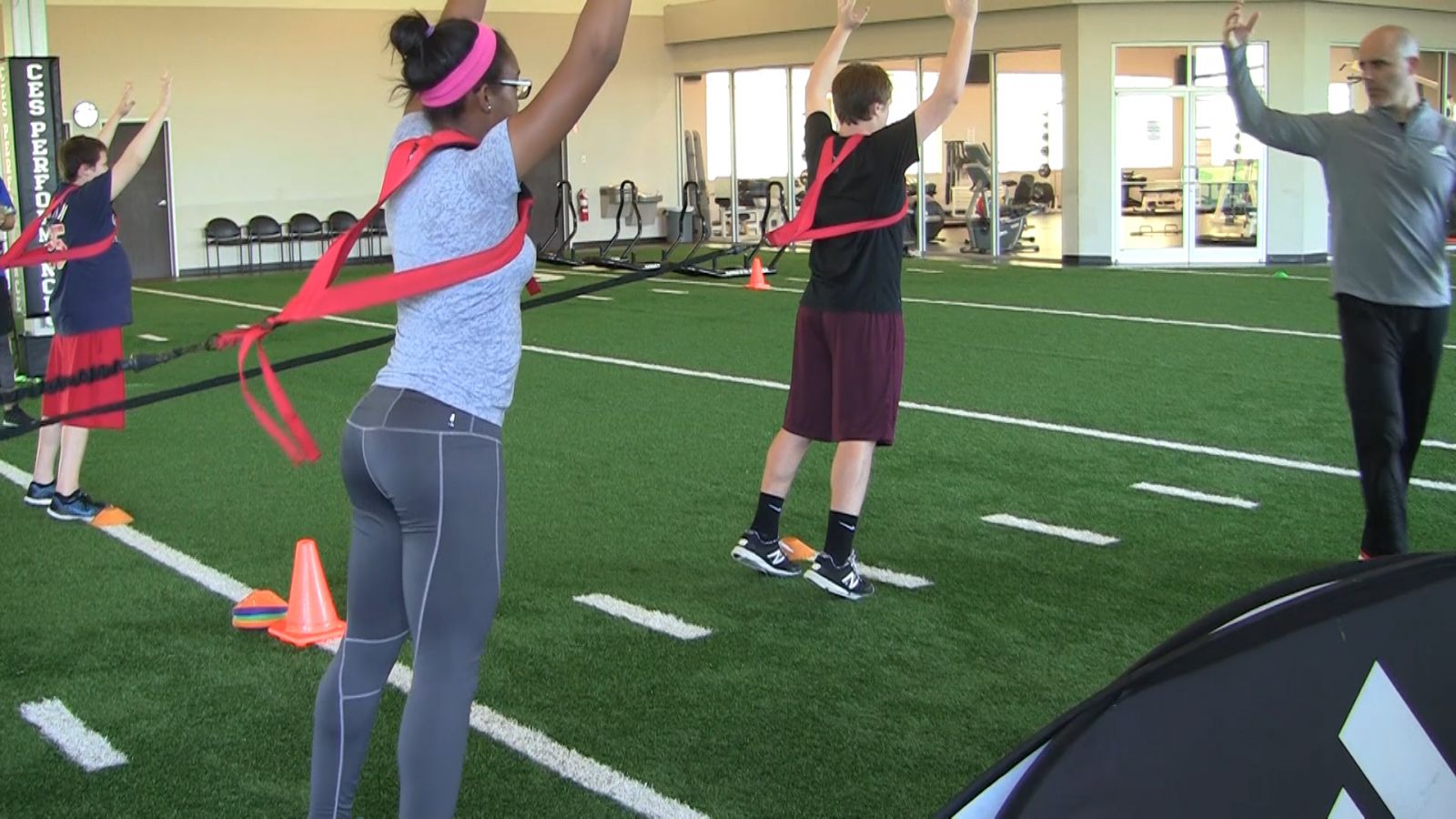What is plyometric training? Plyometric training is a training method that essentially combines speed and strength into one power-based collaborative technique. It aims to increase explosive power development in sport-specific movement patterns which transfer directly to performance.
What defines a plyometric movement? Sporting movements require significant muscle activity. Muscle actions can generally be categorized as either concentric, eccentric or isometric. Typically, most sport-specific movements have both a concentric and eccentric phase. A plyometric movement is simply one which includes a rapid muscle action in both phases – for example a fast eccentric action followed immediately by a concentric action.

The word ‘rapid’ is key in determining a plyometric movement. Most weightlifting exercises include an eccentric and concentric phase and therefore develop strength in each, however these movements are typically lower in velocity. The rapid eccentric phase of a plyometric movement forces the muscle into what is termed the ‘stretch shortening cycle’ or SSC. The SSC is the defining factor of plyometrics.
In simple terms, the SSC is a reflex of the muscle when it is stretched. The muscle produces force to resist the stretch and translates this energy into producing a significant concentric action. Essentially, the momentum in an eccentric, often downward movement, is used to aid concentric/upward momentum. The SSC is the single factor plyometric training targets and aims to increase the efficiency of.
What is an example of a plyometric? Examples include any movement with fast countermovement such as:
- Jumps
- Bounds
- Hops
- Skips
- Sprint steps
Why include plyometrics in training? Plyometric movements are arguably the most applicable and trainable sport specific movements. Most sports require movement in a plyometric fashion repeatedly. Sprint steps are the most basic form of a plyometric.
With each step, antigravity muscle groups such as the glutes, quadriceps and calves are forced into a rapid eccentric action upon touch-down. This is then followed by a SSC reflex and translation into a rapid concentric action in the same muscle groups at take-off.
An important advantage of plyometrics is also the velocity at which muscles contract. Movements such as those listed above are typically performed at maximum speed during performance, which demands maximum muscle action velocity.
While there is certainly an important place for lower velocity movement training, the muscle itself adapts to the velocity at which it is trained and must therefore be trained at maximum velocity also. Plyometrics make this possible in a sport-specific fashion and should therefore be a part of any successful strength and conditioning program.
Put simply, plyometric movements are crucial to almost all sports and are easily trainable too. Working on developing competency in these movements essentially increases both eccentric and concentric power of key muscles in the most highly transferrable method available.
To register for a free evaluation visit our website at athletetrainingandhealth.local or contact our 2 Houston locations at (713) 909-0085 for south Houston or (832) 698-9821 for north Houston.
Follow us on Twitter and Instagram @Athlete_TH and subscribe to our You Tube page at YouTube.com/Athlete_TH.